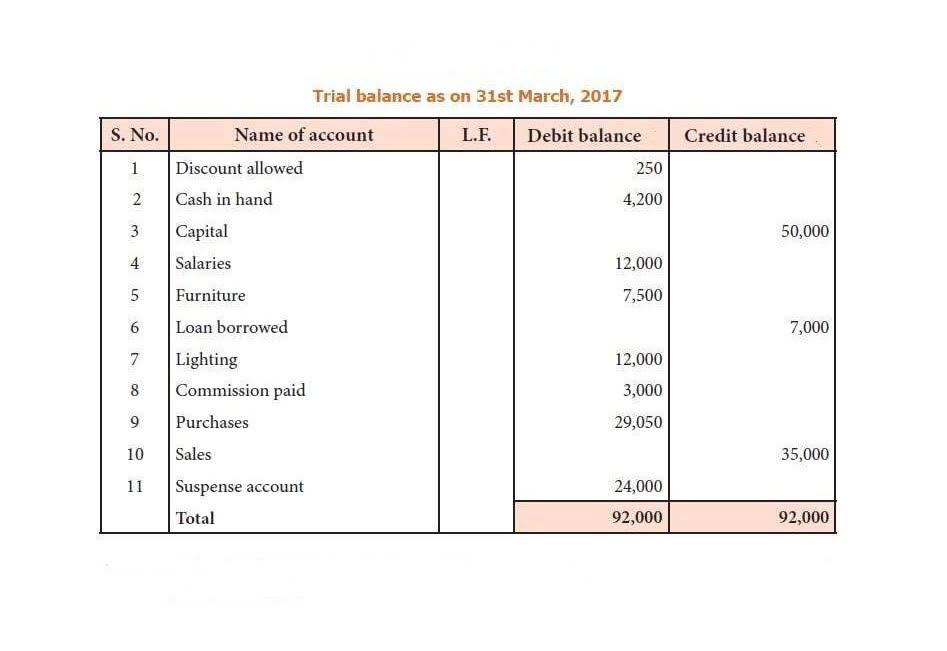
The noncumulative preference shareholders non cumulative preferred stock hold no right to claim any unpaid dividends in subsequent years. Instead, they get a fixed dividend out of each year’s profits if the company fails to declare the dividend. This type of stock does not accumulate unpaid dividends, which has significant implications for both investors and issuing companies. Understanding these nuances is essential for anyone involved in financial planning or investment strategy. That is, the issuer reserves the right to redeem the security after a certain period of time has passed.
- Company X doesn’t pay the annual dividend in the amount of $1.25 to this investor.
- The total value of assets is $1 billion after paying creditors, bondholders, employees, and the government.
- However, an individual investor looking into preferred stocks should carefully examine both their advantages and drawbacks.
- This financial instrument offers unique advantages for both the issuing company and the investor.
- Common stockholders, on the other hand, may not always receive a dividend.
- As the cumulative feature reduces the dividend risk to investors, cumulative preferred stock can usually be offered with a lower payment rate than required for a noncumulative preferred stock.
- Preferred shareholders have priority over common stockholders when it comes to dividends, which generally yield more than common stock and can be paid monthly or quarterly.
📆 Date: May 3-4, 2025🕛 Time: 8:30-11:30 AM EST📍 Venue: OnlineInstructor: Dheeraj Vaidya, CFA, FRM

In addition, preferred stockholders have little to no say in the operations of the company, as they often forgo voting capabilities. Preferred stock dividend payments are not fixed and can change or be stopped. However, these payments are often taxed at a lower rate than bond interest. In addition, bonds often have a term that matures after a certain amount of time.

Non Cumulative Preferred Stock: Cumulative vs: Non Cumulative Preferred Stock: Weighing the Pros and Cons
Preferreds have fixed dividends and, although they are never guaranteed, the issuer has a greater obligation to pay them. Common stock dividends, if they exist at all, are paid after the company’s obligations to all what are retained earnings preferred stockholders have been satisfied. For example, let’s say an investor owns some cumulative preferred shares. Company X doesn’t pay the annual dividend in the amount of $1.25 to this investor.

Issuers
The inherent value virtual accountant of preferred stock is the ongoing cash proceeds that investors receive. However, because they are not tied to semi-fixed payments, investors hold common stock for the potential capital appreciation. In some years, a company may decide it cannot financially afford to issue a dividend.
By subscribing you agree to with our Privacy Policy and provide consent to receive updates from our company. Upgrading to a paid membership gives you access to our extensive collection of plug-and-play Templates designed to power your performance—as well as CFI’s full course catalog and accredited Certification Programs. The whole or any part of this work may not be reproduced, copied or transmitted or any of its contents disclosed to third parties without SSGA’s express written consent.

From an investor’s perspective, cumulative preferred stocks are generally seen as a safer investment, especially in companies with volatile earnings. The assurance of dividend accumulation acts as a buffer during economic downturns or periods of poor company performance. For example, if a company suspends dividends for two years, an investor with cumulative preferred stock would still receive those unpaid dividends if the company resumes payments in the third year. A preferred stock is a class of stock that is granted certain rights that differ from common stock. Namely, preferred stock often possess higher dividend payments, and a higher claim to assets in the event of liquidation.

Disclosure of dividends in arrears on cumulative preferred stock
Because of their characteristics, they straddle the line between stocks and bonds. The issuing company can resume paying dividends at any time and do not need to backtrack payments in any way. In regards to non-cumulative dividends, «dividend in arrears» does not apply. Once the shares have been exchanged, the shareholder gives up the benefit of a fixed dividend and cannot convert common shares back to preferred shares.